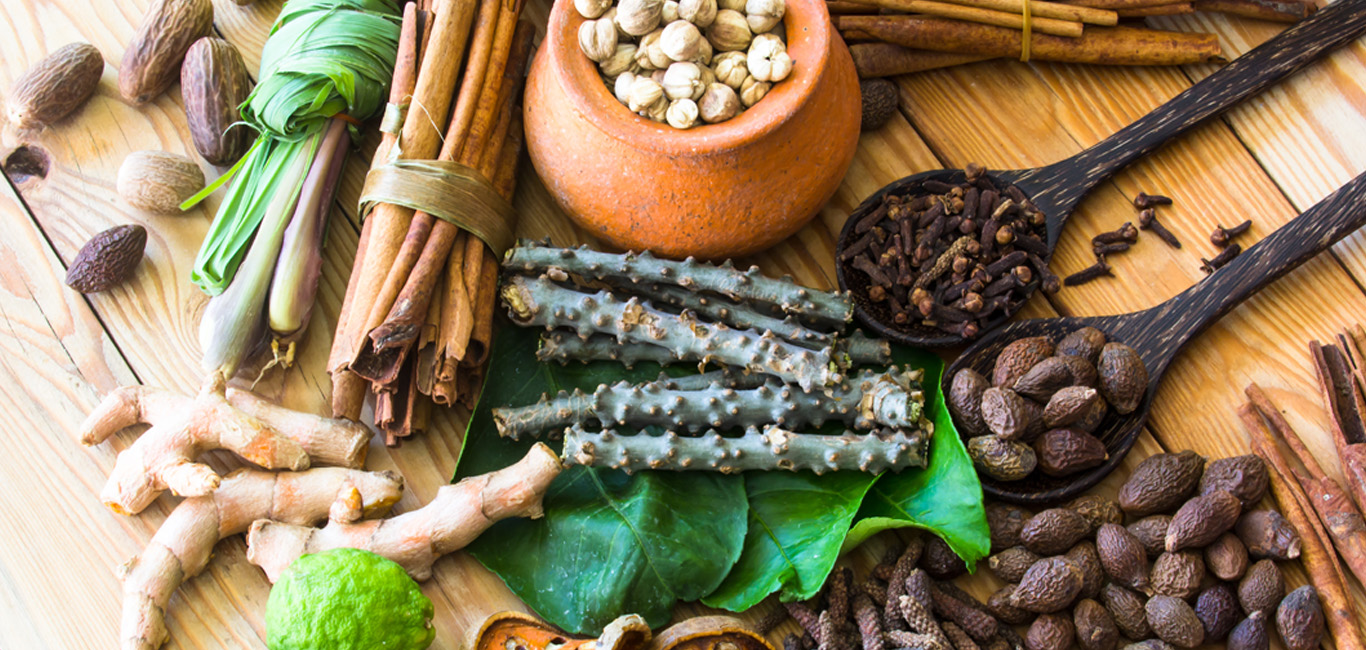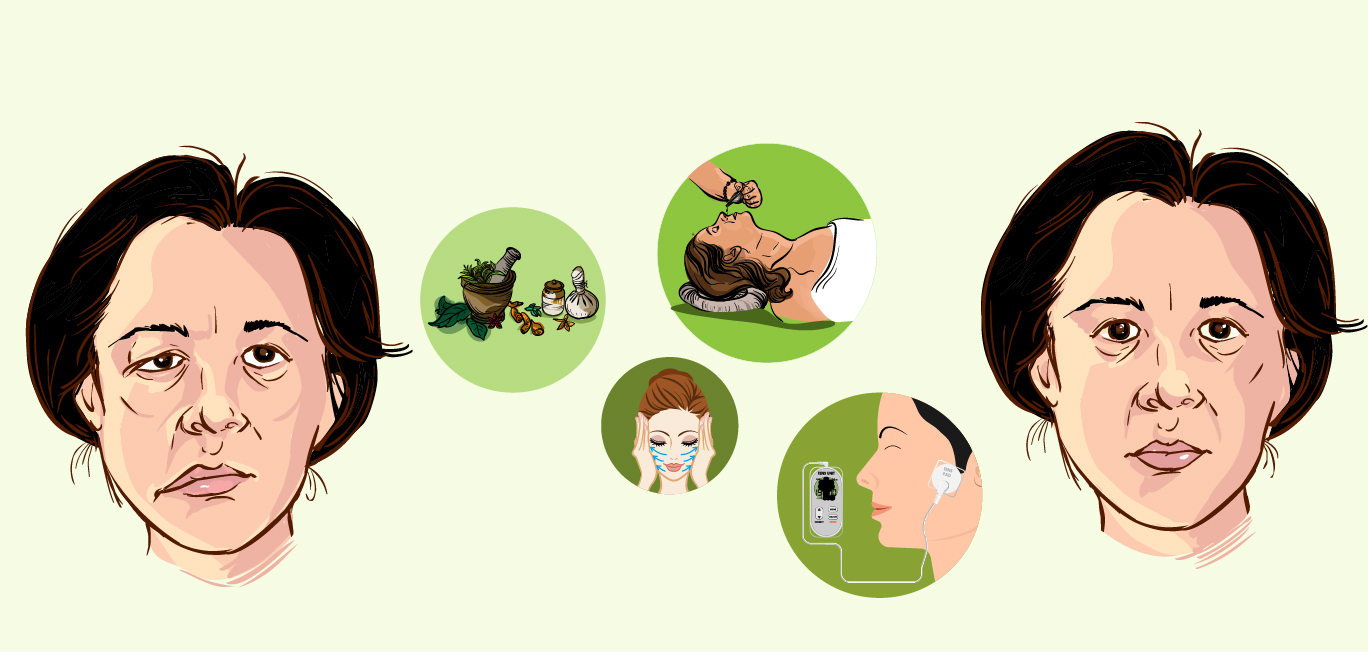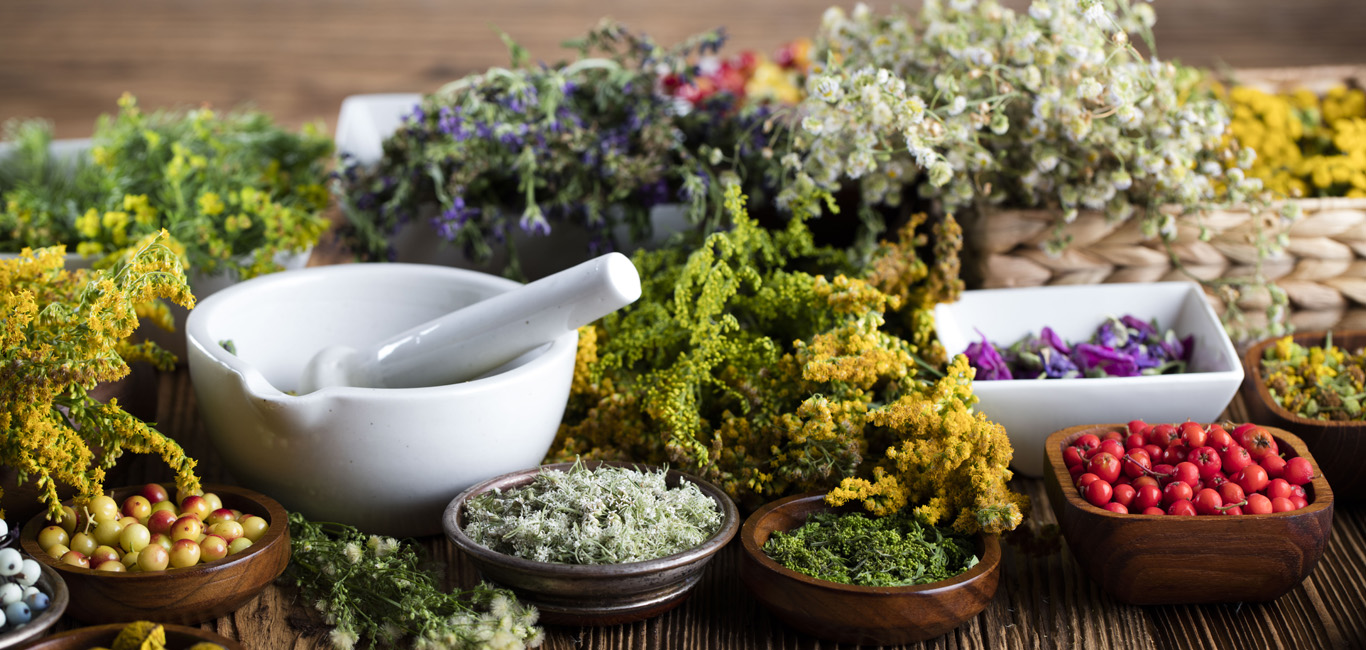
The Siddha system is one of the earliest medicine systems in India. Siddha is mentioned in Tholkappiyam, an ancient Tamil literary work written during 200 BC, demonstrating its existence since then.
Siddha practitioners believe that the human body is made up of 96 basic components including anatomical, physiological, psychological, and spiritual elements. Siddha practitioners say that the focus is not only to manage a person’s medical condition, but also to consider age, behaviour, and socioeconomic factors such as workplace and environment during diagnosis. The fundamentals of the siddha system are similar to those of ayurveda, but the preparation of medicines differs.
In siddha practice, each system in our body is compared to the five elements. Earth is compared to the skeletal system because it shapes our bodies, water is compared to blood and fluids secreted by various organs, fire is compared to digestion and emotions, air is compared to breathing, and space is compared to mental and spiritual health. All the components are related to each other and any variation in the elements leads to illness.
The practitioners believe that a healthy diet plays a vital role in maintaining the seven basic tissues like lymph, blood, muscles, fat, bone, bone marrow, and hormones. The food gets processed into waste products like urine, faeces, and sweat for excretion.
According to the siddha system, the three humours (wind, bile, phlegm) are responsible for sensory and motor activities, body metabolism, and organ functioning.
Diagnosis in siddha
Dr Hariharan P, Principal of Santhigiri Siddha Medical College, Thiruvananthapuram says that the three forces (generating force, operating force, and destructing force) present in every cell helps in proper functioning of the body. The doctor feels the pulse in the wrist to diagnose the medical conditions. The rhythm or vibration patterns of the pulse represent the metabolism of various organs.
The holistic approach involves the complete examination of the individual rather than just illness. It relies on the physical examination of skin, tongue, and eye colour. The status of the various organ systems is analysed using urine and faeces. A few drops of medicated oil are added to the urine to determine its density and sedimentation rate. In addition, colour, smell, and quantity helps to identify the ailments. The pigmentation and texture of the faeces are analysed for any condition.
Siddha practitioners also use modern laboratory investigations for testing urine and faeces to determine the medical condition before treatment.
Dr Mythili Appandairaj, siddha practitioner at Dr Mythili Corner in Chennai says, “The individual should avoid spicy, sour, and oil-based food before two days of examination. Only the first urination obtained in the early morning is used for diagnosing.”
A siddha practitioner will make the diagnosis based on the gait (manner of walking), physical appearance, speech, behavioural changes, body language, and tactile palpation.
Depending on the condition of a person, the practitioners advise people to undergo ultrasonography (USG), computed tomography (CT) scan, magnetic resonance imaging (MRI), or total blood count. The blood pressure of an individual is monitored using a sphygmomanometer.
Siddha medicine
The physician focuses on approaching ailments using herbs, metals, and minerals. The drugs are classified based on their taste, mode of action, and potency. The minerals that are used to prepare drugs include both natural and artificial types. Metals such as lead, iron, gold, and copper are incinerated by special methods for their therapeutic benefits.
The various forms of mercury like sulfides, chlorides, and oxides are obtained by sublimation for their medicinal value. There are 25 varieties of inorganic substances called salt which are soluble in water. When salt is added to the herbal or mineral extracts, they enhance its potential.
Many drugs in siddha are preserved using calcification process during which it is broken down into nanoparticles. The herbal medicines are customised into syrup or tablets based on the individual’s requirement.
Efficacy of siddha medicine
A study in 2017 says that siddha practice could be effective in the management of functional disorders like diabetes, skin infections, urinary tract infections, viral infections, and digestive disorders. Siddha practitioners look at managing neuromuscular disorders by using special techniques like applying pressure on bone joints, nerves, veins, and tendons for healing. However, the use of siddha medicines during an emergency is limited.
Benefits of yoga in siddha
Siddha practitioners emphasise the importance of pranayama (controlled breathing) and healthy diet for a better life. Practicing meditation with breathing techniques helps in preventing distraction, increases concentration, and manifests healthy behavioural changes. Postural exercises help in regulating the internal organs. Yoga helps to preserve physical and mental health by rejuvenating the body.
Controversies in siddha medicines
A study conducted by the Indian Academy of Neurology states that intake of unauthorised siddha medicines lead to neuromuscular disorders due to mercury toxicity.
“For therapeutic results and better outcomes, the drug must be formulated in the proper proportions. There are specific protocols like purification process, preservation, and storage to follow while making the medicines. Any disruption in the protocols will ultimately produce side effects in the individuals taking the medication,” adds Dr Mythili.


















One Response
Could you please give the name of a Siddha medicine oil for varicose veins treatment?